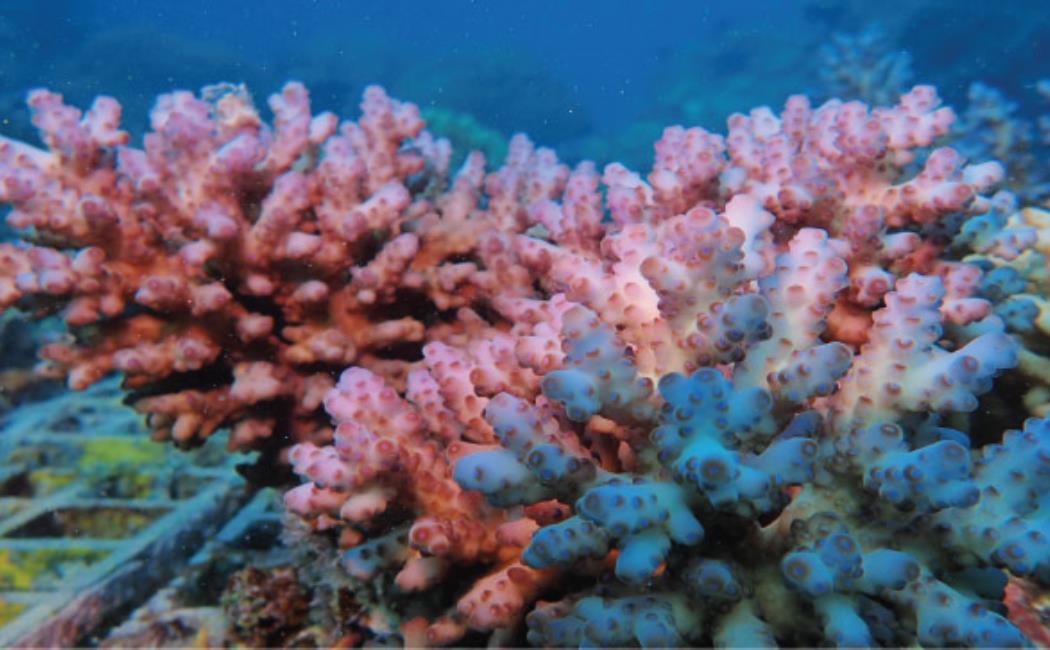
Coral genome reveals cysteine surprise
23 September, 2022
Model animals, such as mice and fruit flies, have provided scientists with powerful insights into how cellular biology works. However, model animals are really just a guide, and it can be risky to generalize findings across animals from studying a selection of model organisms.
Cysteine is an important amino acid used in multiple biological processes, including metabolism and protein synthesis. In animals, cysteine biosynthesis was thought to be created exclusively via the transsulfuration pathway, with the cystathionine β-synthase (CBS) enzyme as a key player. However, previous research indicated that the CBS gene had been lost in corals of the genus Acropora. The suggestion was that these corals could not produce cysteine themselves and had to rely on symbiotic relationships with algae to receive it.
“We weren’t searching for possible cysteine biosynthesis in Acropora,” says postdoc Octavio Salazar, who worked on a Center Partnership Fund project with Principal Investigator Manuel Aranda from KAUST and co-workers from the Australian Institute of Marine Science. “We were generating a high-quality genome of the coral Acropora loripes as a valuable genomic resource for future research.”
Click here to read the full story.
Image: While generating a high-quality genome of the coral Acropora loripes (pictured above), KAUST marine scientists discovered for the first time that most animals have an alternative cysteine biosynthesis pathway.
© 2022 Australian Institute of Marine Science (AIMS); Jose Montalvo-Proano